The first thing you notice about Germany’s Kehlsteinhaus, or ‘Eagle’s Nest’ is the approach road that climbs 800 metres up the side of a mountain, without one hairpin bend.
An engineering marvel, the road contains five tunnels in its 6.5 kilometres. It was built in 1937, as part of the Eagle’s Nest – a 50th birthday present for Adolf Hitler.
The Kehlsteinhaus is situated on a ridge atop a 1,834 metre mountain above the town of Berchtesgaden, in south-eastern Germany.
It is one of the busiest tourist attractions in Bavaria and, each year, it is visited by huge numbers of people from around the globe.
The location of the Eagle’s Nest – high in the Alps – is regarded as one of the most striking and picturesque in Germany.
Hall of the mountain king

The intention was that the Eagle’s Nest would be a diplomatic reception house and quiet mountain retreat for Hitler, but he apparently paid only a handful of visits to the summit.
The Nazi leader apparently had both a fear of heights and was concerned that the elevator to the top might be hit by lightning.
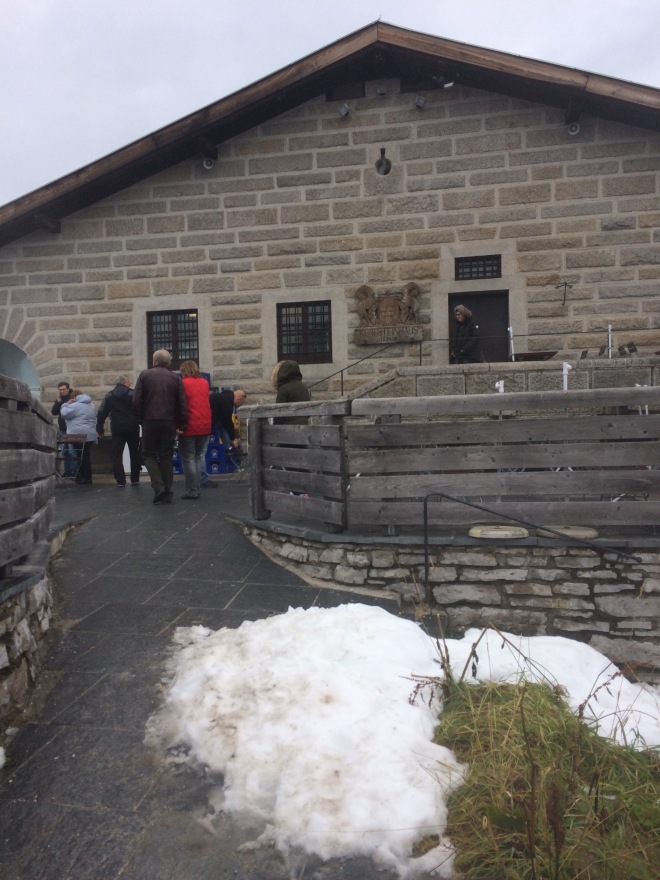
We arrived the day after a snowstorm, amid a lot of low cloud.
To reach the Kehisteinhaus, we first needed to catch a bus from Obersalzberg on the mountain’s lower reaches.

Then, we literally entered the heart of the mountain by walking down a 126 metre tunnel.
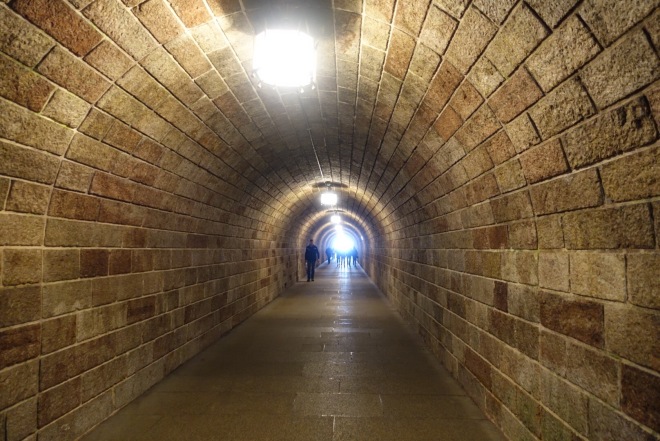
Finally, we caught a remarkable elevator that rose about 124 metres to the peak.
The interior of the elevator is made of polished brass and circular Venetian mirrors to look bigger than it is, as Hitler, apparently, had claustrophobia.
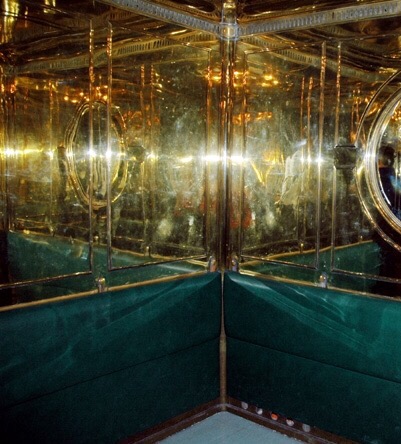
Photographs are banned in the elevator, but can be taken as it arrives and the doors open.
These days, the Eagle’s Nest is a restaurant and beer house, but one particular item of interest is a grand fireplace made of expensive reddish Carrara marble.
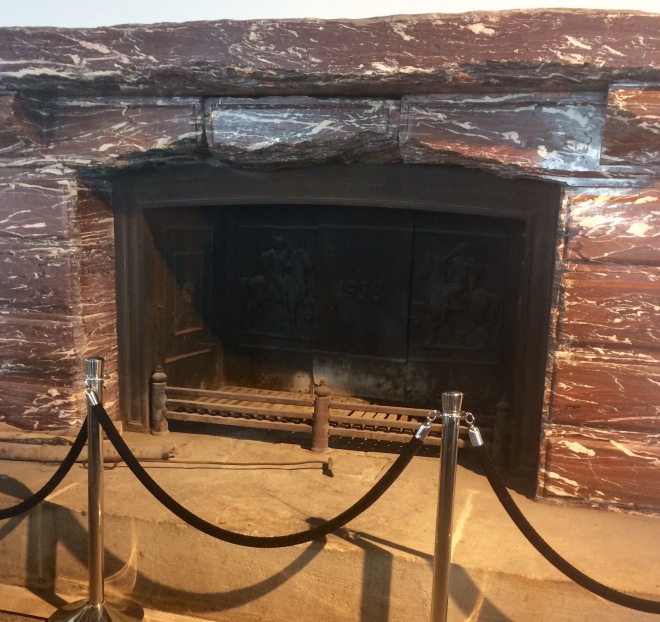
A sign says the fireplace was a birthday gift to Hitler from Italian dictator, Benito Mussolini.
It is damaged at one end, allegedly by Allied soldiers who are blamed for chipping off pieces of the marble as mementos.
Although the beer was good and the Kehisteinhaus has great historical significance, we were particularly impressed with the Document Centre, which is located further down the mountain near where Hitler had his alpine mansion.
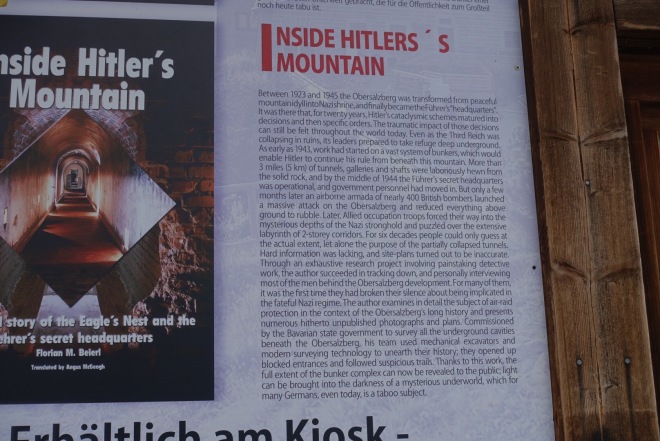
Information at the centre showed that, although bombing the Eagle’s Nest itself was not a high priority for the Allies, the presence of Hitler and many of his senior officials made the Berchestgaden a key target – and the residents suffered severely.
In the last weeks of the war, in particular, there was a massive bombing attack on the Berghof and Obersalzberg.
Note: the writer flew to Europe courtesy of Scoot Airlines
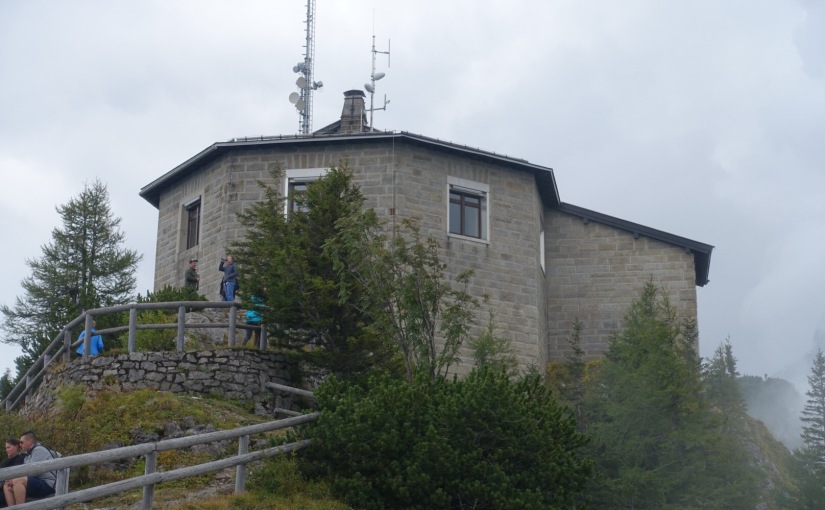
Leave a comment